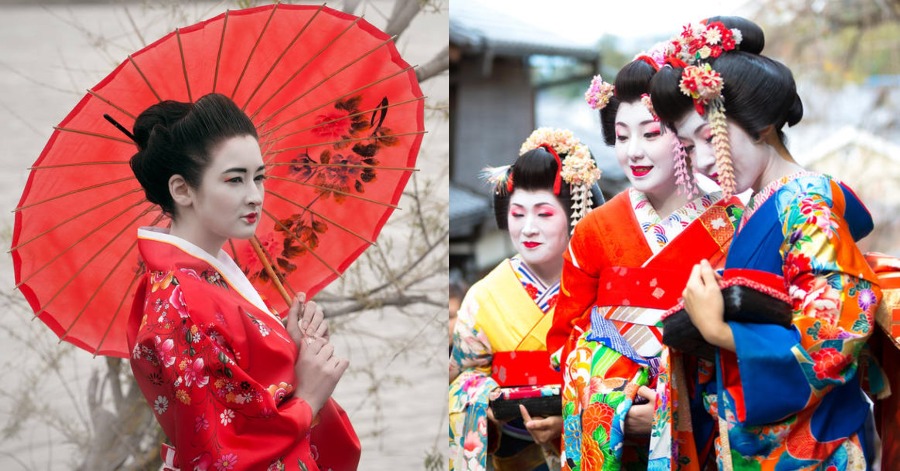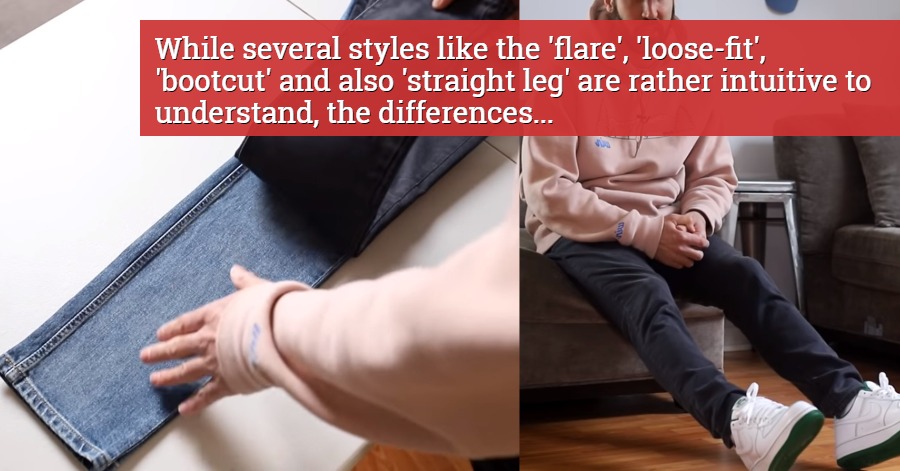Geisha, which translates to English as ‘performing artist’ is actually a high-class professional and traditional female entertainer in Japan trained in various forms of art. Geishas are hired to attend to guests who are traditionally male during banquets, meals, parties, and other occasions as they demonstrate their skills through various ways such as dancing to a tune played with a shamisen which is a Japanese stringed instrument, initiating games, doing art of conversation, etc. Geishas started to appear in the pleasure quarters of Japan before the turn of the 18th century but one interesting fact that you must know is that the first geishas were actually men and they are called taikomochi.
The original role of geisha was as an assistant to the oiran, a high-class and every expensive Japanese courtesan who resided in the pleasure quarters of Edo, Kyoto, and also other major cities in the Edo Period. As most of the courtesans feared geisha stealing their customers, regulations at the time forbade geisha from forming personal relations with customers. In fact, they were not even allowed to sit near guests. However, patrons visiting the courtesans gradually began to gravitate towards the less expensive and much more socially accessible geisha.
In Kyoto, fully-fledged geisha are known as geiko. A maiko is a young lady training to become a geiko, usually between the ages of 15-20. She will train for five years in order to call herself geiko. Tea ceremony, flower arranging, traditional dancing and singing, and musical instruments like the shamisen are just a few of the skills she must learn. After becoming a geisha, her work is never done. She will continue to take classes and practice to hone her skills whenever she is free. Today, Kyoto geiko or geisha are still the most expensive and highly sought-after of all geisha.
These days, many geisha and okiya, much like everything else, have adapted to change with the times. While it is still true that the most exclusive geisha will only entertain guests who have been introduced through an established patron, many other okiya have opened themselves to a whole new class of customers. Okiya like Yoshinoya in Tokyo have gone online to share their craft; they even allow English visitors to book a dinner with a bilingual geisha.
Sources: YouTube See U In History/Mythology.









Leave a Comment